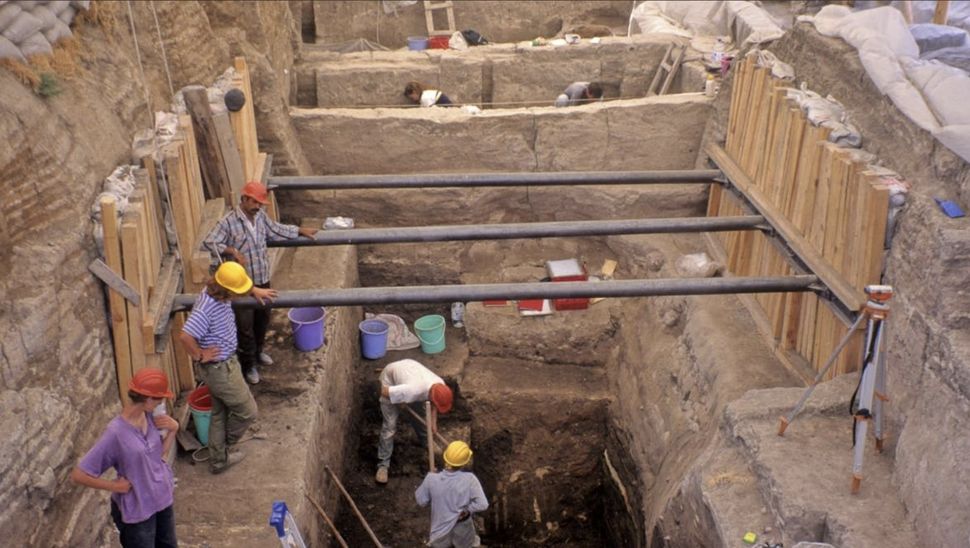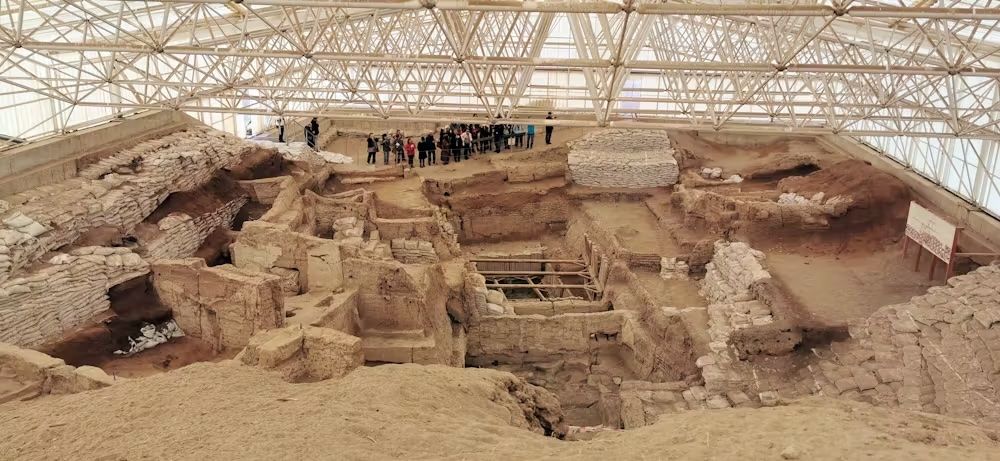World's early mega-settlements mysteriously collapsed -- this might be why
By R. Alexander Bentley
published 8 hours ago
Whether intentional or not, the way mega-settlements in southeastern Europe from 6,000 years ago were laid out would have cut down on the spread of disease.

A group of people excavating a house from light-colored stone
Excavations at Çatalhöyük show how closely people lived before the settlement collapsed. (Image credit: Mark Nesbitt/Wikimedia Commons, CC BY)
In my research focused on early farmers of Europe, I have often wondered about a curious pattern through time: Farmers lived in large dense villages, then dispersed for centuries, then later formed cities again, only to abandon those as well. Why?
Archaeologists often explain what we call urban collapse in terms of climate change, overpopulation, social pressures or some combination of these. Each likely has been true at different points in time.
But scientists have added a new hypothesis to the mix: disease. Living closely with animals led to zoonotic diseases that came to also infect humans. Outbreaks could have led dense settlements to be abandoned, at least until later generations found a way to organize their settlement layout to be more resilient to disease. In a new study, my colleagues and I analyzed the intriguing layouts of later settlements to see how they might have interacted with disease transmission.
Earliest cities: Dense with people and animals
Çatalhöyük, in present-day Turkey, is the world's oldest farming village, from over 9,000 years ago. Many thousands of people lived in mud-brick houses jammed so tightly together that residents entered via a ladder through a trapdoor on the roof. They even buried selected ancestors underneath the house floor. Despite plenty of space out there on the Anatolian Plateau, people packed in closely.

Modern excavations at what was once Çatalhöyük, where inhabitants lived in mud-brick houses that weren't separated by paths or streets. (Image credit: Murat Özsoy 1958/Wikimedia Commons, CC BY-SA)
More:
https://www.livescience.com/health/viruses-infections-disease/worlds-early-mega-settlements-mysteriously-collapsed-this-might-be-why

